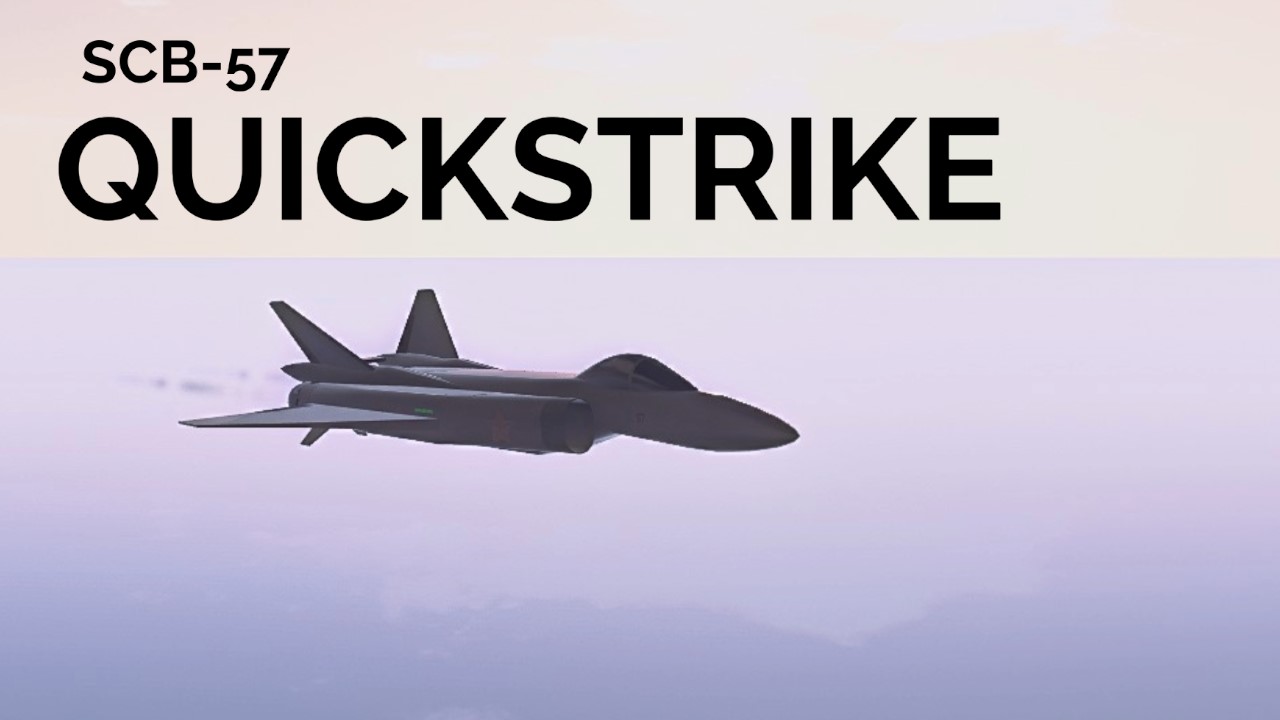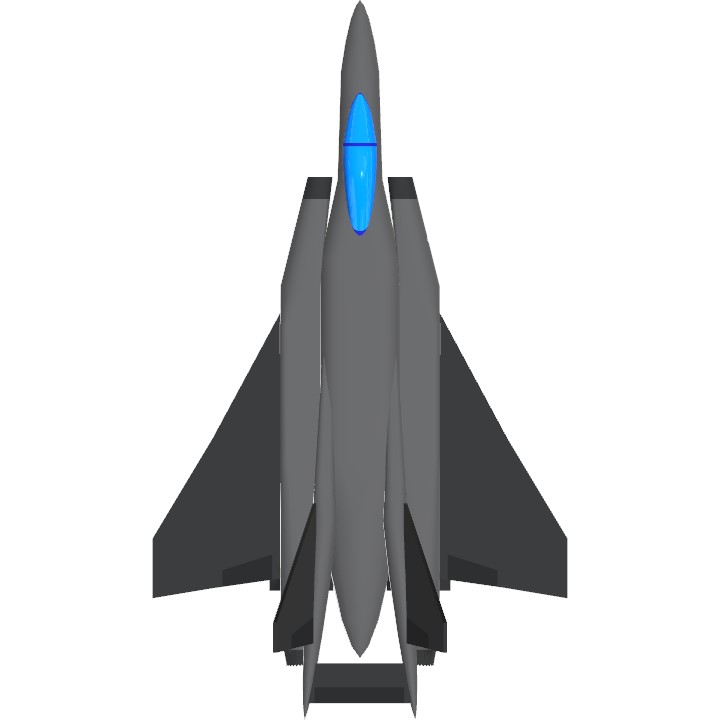Seaborne Nuclear Bombing
The SCB-57 Quickstrike, unveiled in 1964, revolutionized military aviation as the world's first carrier-based nuclear bomber capable of speeds exceeding Mach 3. Developed in secrecy and inspired by North American’s A-5 Vigilante, the Quickstrike represented a bold step in Cold War-era defense innovation. Its unique 80-degree downward folding wing design, reminiscent of the XB-70 Valkyrie, optimized compression lift, aerodynamics, and stability at supersonic speeds while enabling compact storage aboard aircraft carriers—a critical feature for naval deployments. Combined with high-thrust engines and a streamlined fuselage, the Quickstrike delivered unmatched speed, efficiency, and performance, solidifying its role as a cutting-edge deterrent in global power projection. The aircraft’s secretive entry into service underscored its strategic importance, reflecting the intense efforts to maintain technological superiority during a period of heightened geopolitical tension. With its groundbreaking design and capabilities, the SCB-57 Quickstrike paved the way for future advancements in carrier-based bombers, leaving a lasting legacy in aerospace innovation.
Specifications
General Characteristics
- Created On Windows
- Wingspan 33.9ft (10.3m)
- Length 59.2ft (18.1m)
- Height 14.8ft (4.5m)
- Empty Weight 19,217lbs (8,716kg)
- Loaded Weight 43,461lbs (19,713kg)
Performance
- Power/Weight Ratio 10.858
- Wing Loading 93.0lbs/ft2 (453.8kg/m2)
- Wing Area 467.6ft2 (43.4m2)
- Drag Points 6766
Parts
- Number of Parts 70
- Control Surfaces 5
- Performance Cost 608




